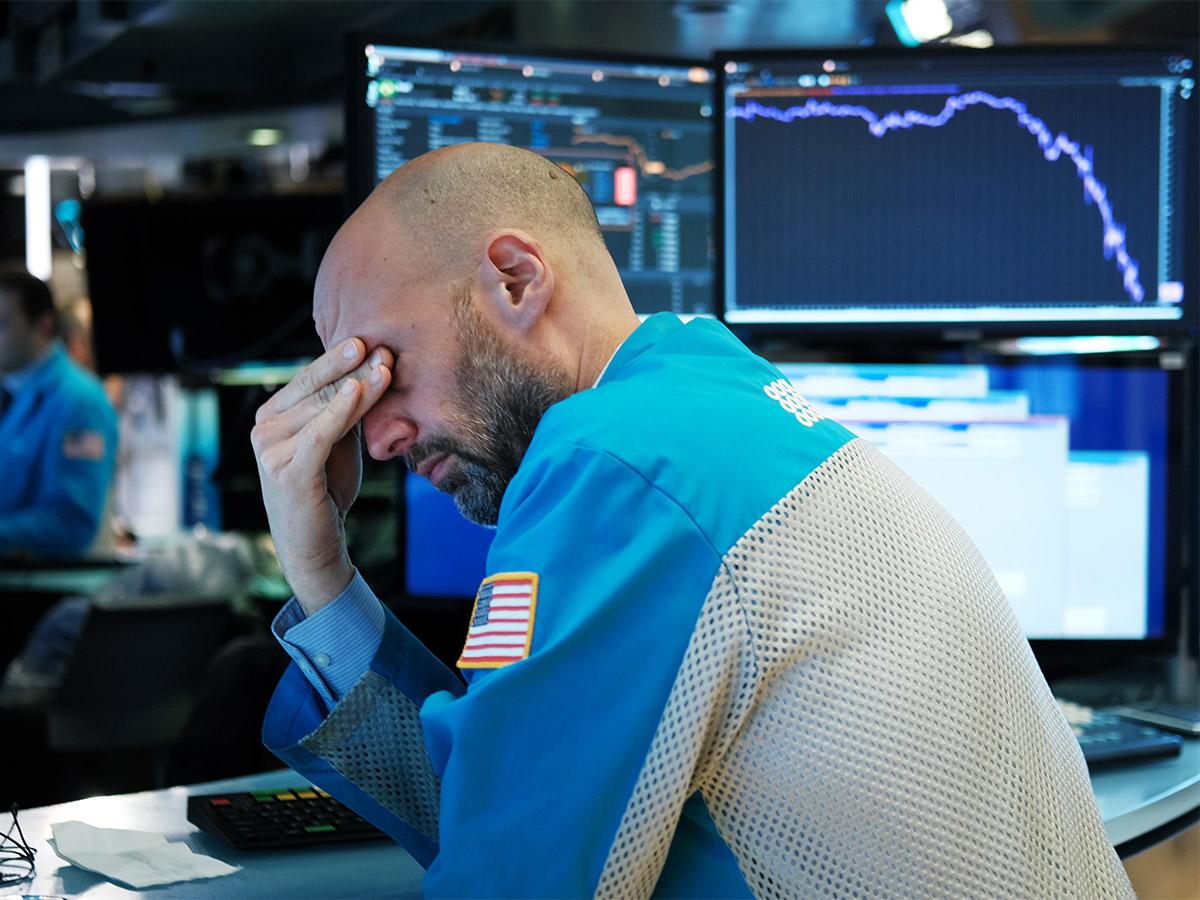When falling oil prices alarmed traders already spooked by the impact of COVID-19, the Cboe Volatility Index, or VIX, rose to levels not seen since the financial crisis.
Earlier this month the index — which charts the 30-day implied volatility of the S&P 500 based on index options — went above $82, an all time-record that exceeded the $80.86 recorded in late 2008. In the days that have followed however the index has dipped again, closing last Monday at $61.59. The index has since furthered that decline, dropping to the 56.14 level by 1 April.
Despite the recent dip, for those searching for volatility, the index has certainly proved a fertile hunting ground of late. Furthermore, the iPath S&P 500 VIX Short-Term Futures ETN [VXX] — designed to offer exposure to VIX futures contracts — rose by 391% 20 February and 18 March, before retreating somewhat in recent days.
For those interested in volatility trading with a higher appetite for risk and who want even greater exposure to the index, the ProShares Ultra VIX Short-Term Futures [UVXY] grew by more than 880% over the same three week period. This ETF provides leveraged exposure to the S&P 500 VIX Short-Term Futures Index.
Furthermore, since the start of the year, the VelocityShares Daily 2x VIX Short-Term ETN [TVIX] — which provides a two-times leveraged exposure to an index comprised of first- and second-month VIX futures positions — has climbed 664% since the start of the year, according to Reuters, peaking at the 806 level on 18 March, up 1712% YTD at that point.
664%
Rise of the VelocityShares Daily 2x VIX Short-Term ETN [TVIX] year-to-date
History repeating itself
However, the old adage about past growth being no indication of future performance is particularly true here. The VIX futures curve suggests that investors are preparing for recent massive price swings to continue for some time. This makes predicting volatility, well, volatile.
A short squeeze might have accelerated the rise in volatility expectations registered earlier this month, according to Michael Purves, Tallbacken Capital Advisors founder. On a note to clients in early March he said that aggressive selling during the recent downturn “would likely have driven a lot of ‘compelled’ VIX buying… if shorts were getting stopped out”, according to Bloomberg.
However, for some, the pattern is more predictable. As Parag Thatte, strategist at Deutsche Bank AG, told Bloomberg: “High volatility combined with poor liquidity is creating a self-reinforcing loop.”
“High volatility combined with poor liquidity is creating a self-reinforcing loop” - Parag Thatte, strategist at Deutsche Bank AG
The publication also noted that longer-dated contracts becoming involved is a signal that investors are preparing for a prolonged period of severe price volatility.
Forecasting for chaos
The surge in the VIX during 2020 may be an indication that the markets may be entering a paradigm shift, Mark Longo, CEO of The Option Trader, told MarketWatch. According to him, we may have entered a “new volatility regime for the foreseeable future”.
However, according to some, the unprecedented high levels are not likely to last, even if markets continue down. “"The longer we grind around (Dow 20,000) the more volatility will contract," investor Fane Lozman recently told Investor’s Business Daily, adding that the VIX is unlikely to return to the record levels seen earlier this month.
“The longer we grind around (Dow 20,000) the more volatility will contract” - investor Fane Lozman
Meanwhile, an overlay of the performance of the VIX over the last decade and the performance of the S&P 500 over the same period highlights the danger of using the former as an indicator of which direction the market is likely to move. While generally speaking, the VIX spikes when the market drops, these spikes usually happen after the fact.
“Basically, at times of market stress people want to pay up for the insurance that options can provide,” Simon Moore, former chief investment officer at Moola and FutureAdvisor wrote recently in Forbes.
Furthermore, this fear and uncertainty is just one measure of markets. As Moore explains, the VIX is just one model. So as not to lose ourselves in panic, he says, combining models and inputs can lead to less risky outcomes than betting on a single variable.
Continue reading for FREE
- Includes free newsletter updates, unsubscribe anytime. Privacy policy





